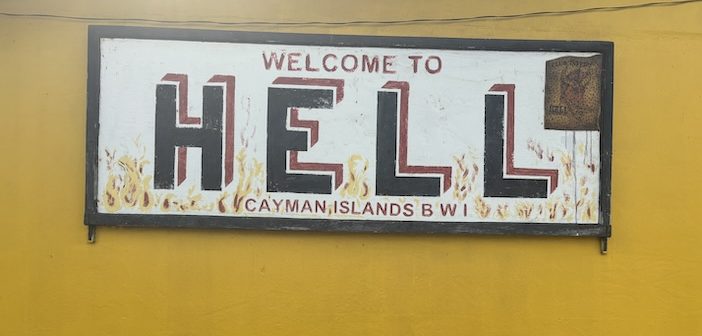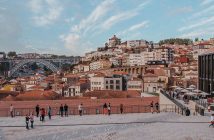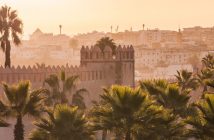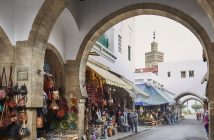In a double feature for the Bank Holiday weekend, Nick Price travels to the Cayman Islands and discovers that Grand Cayman isn’t the glitzy playground he expected, but a laid-back island where chickens rule the roads, locals share their beaches, and wellness is woven into daily life…
I knew that I would like the Cayman Islands the moment a large chicken with a nonchalant gait strolled past me at the airport. In that instant, every preconception I might have harboured about this less-travelled corner of the Caribbean crumbled to dust.
In my mind, I’d been expecting something halfway between Santa Barbara and Miami Beach: corridors of five-star hotels towering over pristine beaches in a monument to ostentatious wealth. Just the name “Grand” evokes something rather grandiose, doesn’t it? But this is no showy, over-developed mecca to mammon. As I was to discover, this tiny island, tucked away beneath Cuba’s shadow, had rather a lot of surprises up its sleeve.
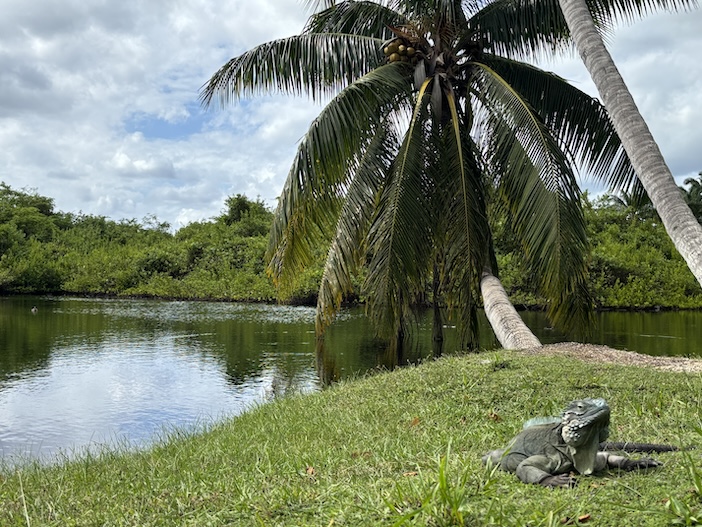
First, a little context about the island itself. The name is pronounced Cay-man (not Cay-men), deriving from a Taíno word meaning lizard; a reference to the Blue Iguanas that were among its primary inhabitants before humans arrived. With no natural predators, they proliferated magnificently across the island. They haven’t fared quite so well in recent centuries, their numbers dwindling to a mere 90 at one point, as successive waves of settlers discovered that these docile creatures, along with the island’s slow-moving turtles, provided an easy and excellent source of nutrition. The chickens, I’m pleased to report, arrived much later.
The island sits surrounded by some of the deepest waters in the world (around five miles deep), so what we see as today’s landmass is merely the tip of an enormous underwater mountain range that became encrusted with coral over millennia. In this respect, its formation isn’t dissimilar to the Maldives, and like that archipelago, it’s remarkably flat. The highest point on Grand Cayman reaches a towering 18 metres: roughly the height of a mature oak or a modest six-storey building. Almost all development clusters around Seven Mile Beach (a small note for the pedantic: it’s actually six miles long these days), which sits on a spit of land at the island’s western tip.
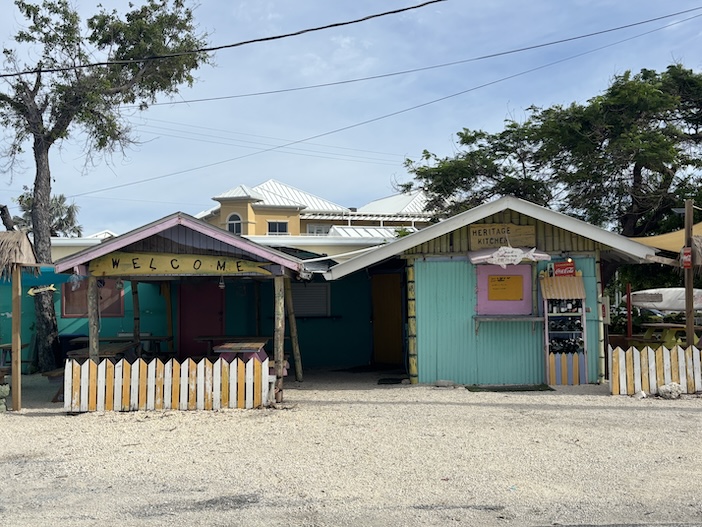
The best way to truly explore the island, I discovered, is by electric bike. In my case, this meant joining Dylan, a naturalist who came equipped with water, sunscreen, kayaks, and rather intriguingly, petri dishes; which he would later use to scoop up crabs and other wildlife in the mangrove forests we paddled through.
Cycling around the island (down forgotten paths, across beaches, through neighbourhoods and commercial districts) gives you a genuine sense of how it all fits together. It’s a place with a fundamentally relaxed vibe, and on numerous occasions I heard locals use the phrase “You’re on Cayman time.” This was probably a polite way of telling me I was behaving like a stressed-out Londoner, but it also perfectly encapsulated how the island operates. If you’ve come to relax, to indulge in spa treatments, to meditate, to practise yoga on pristine beaches, and embrace all the other wellness pursuits the island caters for so beautifully, then adopting the Cayman approach to time isn’t a bad way to begin your island sojourn.
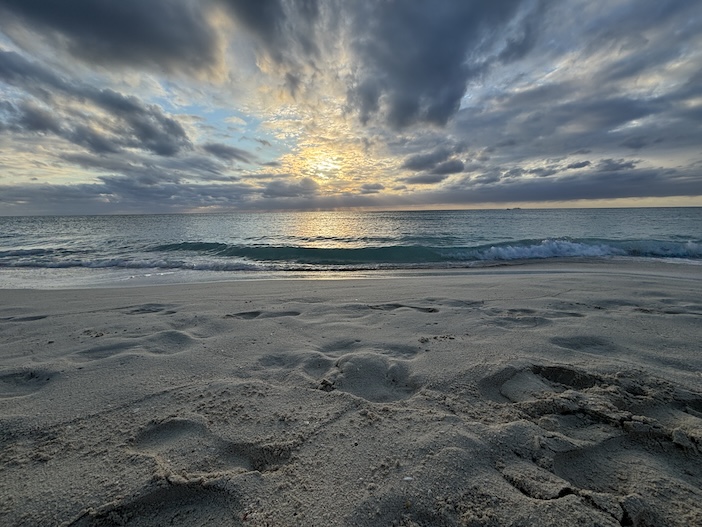
Another element that challenged my preconceptions entirely is the island’s refreshing lack of obvious social stratification. There’s no particular racial profile that dominates, no stark divisions of wealth on display, and crucially, hotels aren’t permitted to dominate Seven Mile Beach: guaranteeing that locals remain as much a part of the beach culture as visiting tourists. My hotel, the Indigo, stands a few hundred metres from the sea, and from my balcony I could watch locals arriving to play volleyball in the sand, enjoy sundowners at beachside bars, or celebrate weddings with their feet in the surf. The Caymanians, it struck me, use their beaches much as Londoners use their parks: as essential communal spaces for daily life.
Back on my bike, I encountered a place called Hell; so named, legend has it, because a former governor once missed his target while shooting there and exclaimed “bloody hell!” Though I suspect it’s more likely an apt description of the otherworldly rock formation that dominates the site. Here, the island’s bedrock is revealed in all its twisted, calcified glory: hard as granite, sharp as flint, and utterly alien in appearance.

It once housed the Hell Nightclub, with these very rocks serving as its beer garden; a rather dangerous combination given the 14,000 crates of lager consumed here monthly. As I pondered this geological curiosity, the owner, an amiable gentleman called Mr McDoom, arrived in his white pickup truck and opened the abandoned club, showing us a dramatic crack running through the dance floor. Apparently, an earthquake once split it clean in two. It’s the sort of place that belongs in a David Lynch film.
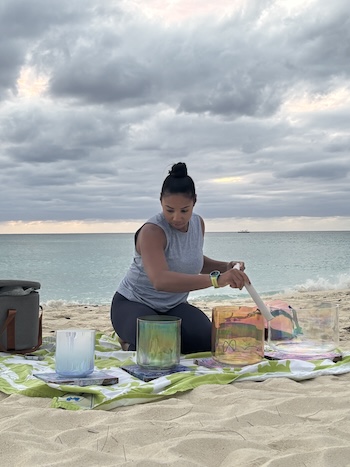 For lunch that day, I stopped at Vida, a yoga and wellness retreat perched on the edge of Barkers National Park. It serves the loveliest (and demonstrably healthiest) food, and while I wasn’t staying there, I was charmed by the self-catering apartments overlooking a vast, shallow bay. I found myself returning repeatedly: once for a cooking class, another time for yoga overlooking the ocean.
For lunch that day, I stopped at Vida, a yoga and wellness retreat perched on the edge of Barkers National Park. It serves the loveliest (and demonstrably healthiest) food, and while I wasn’t staying there, I was charmed by the self-catering apartments overlooking a vast, shallow bay. I found myself returning repeatedly: once for a cooking class, another time for yoga overlooking the ocean.
I should mention that I practised more yoga during my few days here than I had previously in my entire life: on the sea atop a paddleboard, on sand to the sound of singing bowls, at Vida with the ocean breeze brushing across us, and in the blazing sun at my hotel. It taught me three things: I am nowhere near as flexible as I ought to be; relaxing like this is utterly transformative; and I really should take up yoga properly.
Nick’s Cayman Adventure continues tomorrow where he discovers Grand Cayman’s wilder side…
Photos by the author

